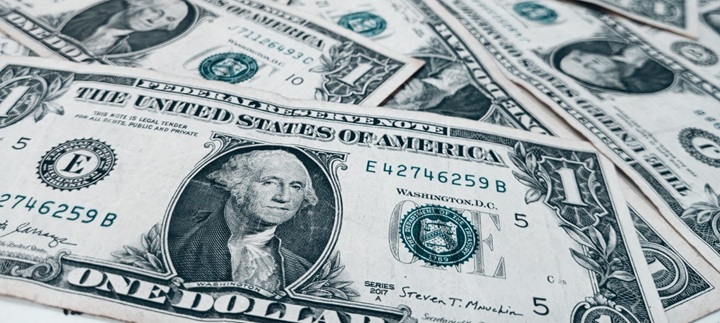Commercial banks’ foreign exchange holdings dropped to $3.94 billion in September — down more than 10% from the previous month — as the Bangladesh Bank (BB) ramped up its US dollar purchases from the interbank market to stabilise the exchange rate.
Official data show that banks’ gross forex reserves stood at $4.36 billion in August and $4.99 billion a year earlier, marking a 26% year-on-year decline. The downward trend has persisted in recent months, with holdings recorded at $5.11 billion in March, $4.50 billion in April, $4.98 billion in May, $4.25 billion in June and $4.27 billion in July.
A central bank official said the economy is slowly recovering, supported by rising remittances and export earnings. “The central bank has bought more than $2 billion since July 13 as part of its intervention strategy under the free-floating exchange rate regime,” the official said, adding that this move aims to manage liquidity and prevent excessive volatility in the dollar-taka rate.
So far, BB has purchased $2.13 billion and injected Tk 259 billion into the banking system, easing liquidity pressure and helping banks meet local currency obligations.
Explaining the decline in banks’ forex reserves, Dr Md Touhidul Alam Khan, Managing Director and CEO of NRBC Bank, said the central bank’s intervention was aimed at maintaining stability in the forex market. “Since imports have decreased, banks were holding large volumes of US dollars. To stabilise the exchange rate, Bangladesh Bank has been buying dollars from commercial banks,” he said.
He added that the central bank also restricts banks’ open dollar positions or asks them to surrender excess holdings to keep the remittance rate stable and prevent sharp depreciation of the local currency.
A treasury head at a private bank noted that import orders have recently picked up, further contributing to the decline in banks’ forex holdings. “The net open position (NOP) has been falling in recent months,” the banker said.
According to BB data, the opening of fresh letters of credit (LCs) — an indicator of import demand — increased by 13% to $6.22 billion in September from $5.38 billion in August. Import orders were valued at $6.03 billion in July and $4.14 billion in June.
The data also showed that banks’ NOPs have fallen to around $800 million from more than $1.20 billion three months ago.






